 |
|||||||
|
|
||||||
|
|
||||||
Striped marlin, one of the most abundant billfishes |
|
| By Redacción | |
|
|
|
|
|
|
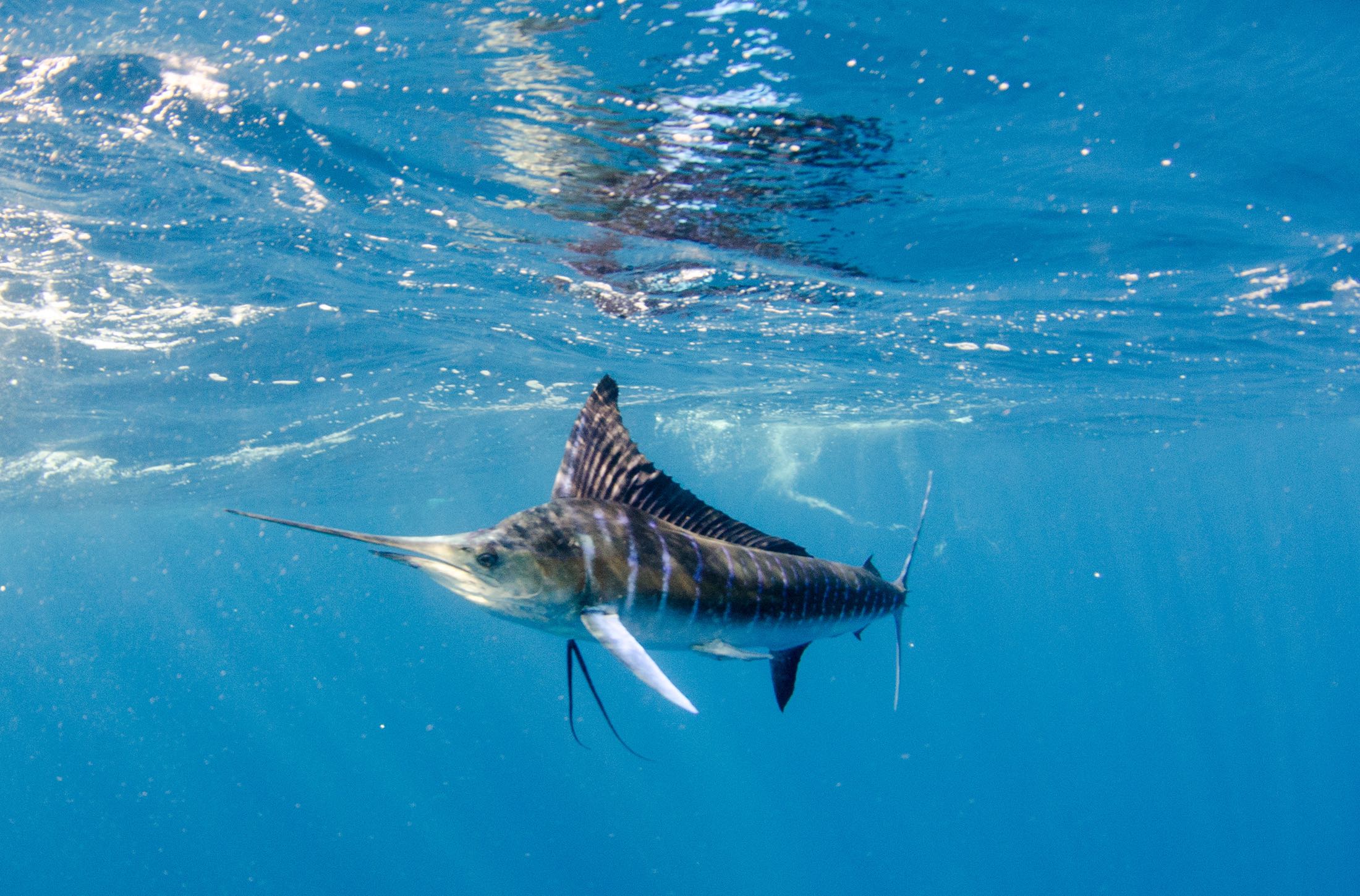 |
|
The striped marlin has an elongated, compressed body, whose upper jaw extends forward to form a medium-size, robust beak. A high and very pronounced first dorsal fin usually exceeds the height of its body. In specimens of large dimensions, this fin represents 90% of the length in horizontal body, the membrane of the first dorsal fin is blue, while the other fins are dark brown and sometimes dark blue. The anal fins are silvery white. The pectoral fins are flat and can be easily folded to the body. The back of the marlin striped is dark blue, discreetly silver and both sides of the body have 18 to 22 vertical stripes. The flanks are blue-black above and white-silver below and the belly is white metallic. The lateral line is straight, simple and clearly visible. Most vertical lines are cobalt (pale blue). Usually swims alone, but at spawning time forms small groups. It feeds on fish such as mackerel, sardines, anchovies, crustaceans and squid. For its growth it needs colder waters than blue and black marlin. According to recent studies, striped marlin spend 86% of their time swimming on the surface during the spawning season. Each fertile female can lay between 11 and 29 million eggs. These eggs are spherical with a diameter of between 1-1.5 millimetres, transparent and resembling a simple drop of oil. Fertilization is external. The spawning season appears in May-June in the Northern Hemisphere, coinciding with the time of the beginning of summer, and in the Southern Hemisphere, in the months of November-December and beginning of the austral summer. Thanks to the TAG-and-recapture it has been demonstrated that the striped marlin is a great migrator, with specimens that have moved from Baja California to Hawaii, Peru, the Marquesas Islands, etc. The striped is the most acrobatic of the marlins, and is very easy to capture. When he has bitten and feels trapped, he can calmly perform between 10 and 12 jumps out of the water for the purpose of escaping. It is possible to fish with artificial bait or with natural bait, either alive or dead (tuna, dorados, mackarel). It covers about 30-31 miles a day and can cover long distances of up to 3,000-3,500 million. In recent years the striped population has decreased significantly due to the increase in catches, both commercial and sporting, which is why many organizations are working in the direction of creating protection zones for billfish and insisting on catch and release. Hence the insistence on fishing with artificial bait and circular hooks, which do not damage the specimen. This billfish is found mainly in the Indian and Pacific Oceans, although some specimens have been caught on the west coast of Africa at the height of the Cape of Good Hope. Located in tropical and temperate waters ranging from 180 to 300 degrees, it is a pelagic and migratory fish, which moves in the open ocean along the continental shelf. It is accustomed to approach the coast, with hot currents or pursues banks or schools of sardines or squid. It usually goes towards the equator in the cold season and moves away from it at the beginning of the hot season. Highest concentrations in the Pacific Ocean are in the northwest (Japan, Philippines, etc.); east (western California Peninsula, Baja California, Mexico Coast, Central America, Colombia, Ecuador and Peru); southwest (South Australia, Tasmania and New Zealand). In the Indian Ocean, the highest concentrations occur in Africa: Kenya, Tanzania, Mozambique and Zanzibar). And in the West Arabian Sea, Bay of Bengal and northwest coast of Australia. The world record was achieved in Tutukaka (New Zealand) on January 16, 1986 with a piece of 494 pounds. It is estimated that the maximum weight can reach 550 pounds, although it seems that a specimen of 440 kilos was caught professionally. |
|
|
|
PACIFIC OCEAN |
|
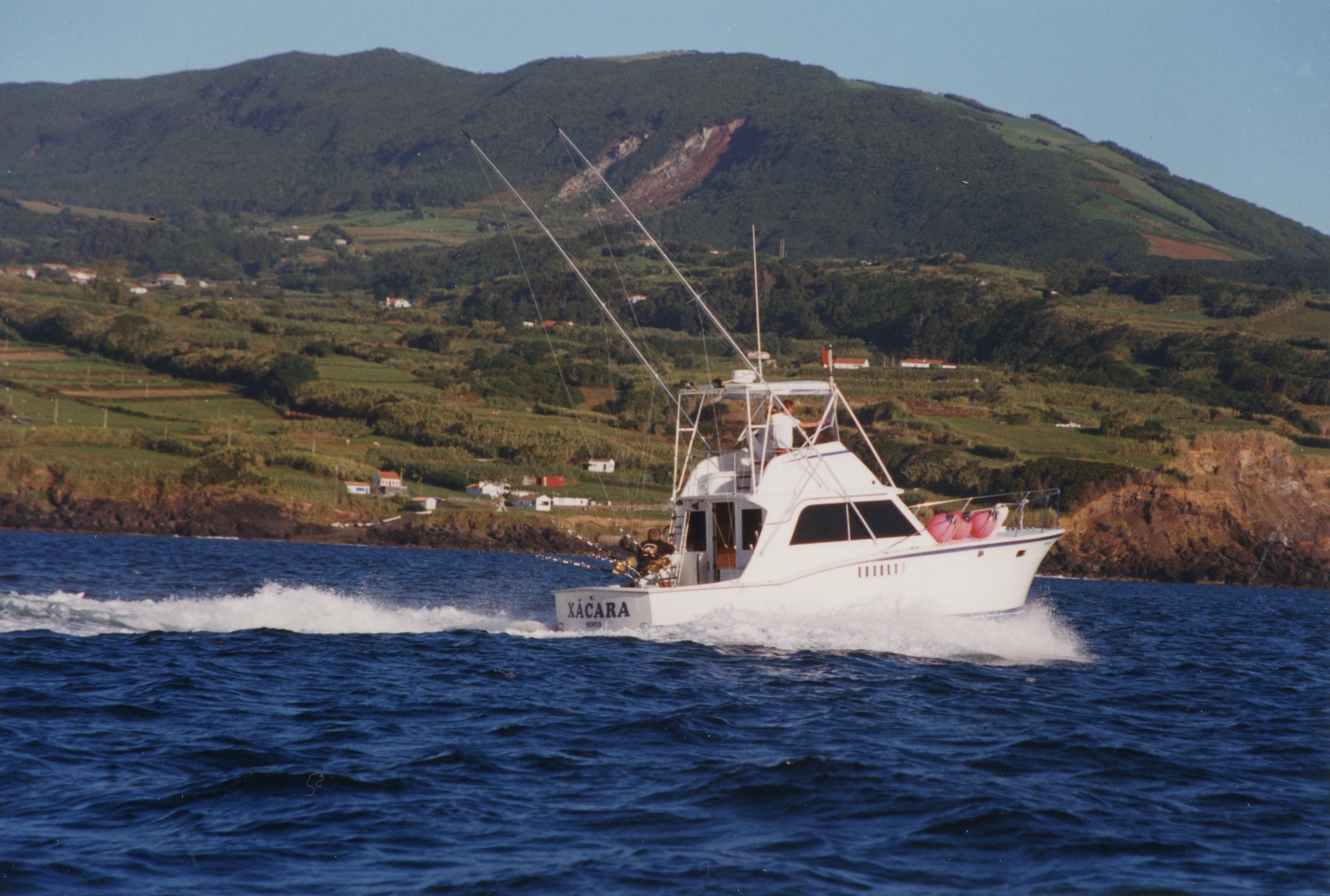 |
|
|
|
INDIAN OCEAN 1- Kenya: Along the whole coast of Kenya you can fish the striped marlin, mainly from October to March. From Kenya, we recommend Malindi, Watamu, Shimoni, which is the place par excellence, where the border with Tanzania is located, 80 kilometers south of Mombasa. In Shimoni there are several organizations specialized in deep-sea fishing, such as Pemba Channel Lodge and Seahorse Kenya Marlin Fishing Pemba Channel, as well as Sea Adventures or the Shimoni Reef Lodge. The fishing zone, called the Pemba Channel, is bordered by the African coast to the west, the island of Pemba to the north and east, and the island of Zanzibar to the south. 2- Tanzania: It is worth mentioning Panga, Pangani, Pemba Island, Zanzibar, Mafia Island, Kilwa and Ras-Kutani, where there are organizations specialized in deep-sea fishing. 3- Mozambique The best area for fishing striped marlin is northern Mozambique along the border with Tanzania, ie the area of Cabo Delgado, islands of Quirimbas (Quilalea, Mejumbe, Matemo, Vamizi, the famous bank of St Lazarus) and the coastal town of Pemba, not to be confused with the island of the same name belonging to Tanzania. The seasons are from September to April. 4- Sultanate of Oman Oman has 1700 kilometres of coastline bathed by the Indian Ocean (Arabian Sea) and two fishing spots, Muscat and Salalah. In the first one, in Muscat, the capital of Oman, is the marina Bandar al Rodwha, with fishing organizations, where the Simbad Classic Tournament is organized. Few hotels are located in Salalah, but all of them organize fishing excursions. The best fishing season is from October to March. 5- South Africa. In the Pacific in fifth place, we recommend Sodwana Bay, located 450 kilometers north of the city of Durban and 650 kilometers southeast of Johannesburg. There is no port in Sodwana Bay, so boats are stranded on the beach. So you usually fish with very light boats, skiboats, small catamarans, etc. The fishing zone does not extend more than 20 miles. Deep-sea fishing with live bait -skipjacks and small quantities- and with artificial bait. The proximity of the hot Mozambique or Agulhas current means that the marlin migration route is close to Sodwana Bay. The optimal months of fishing are from October to May, especially from November to May. |
|
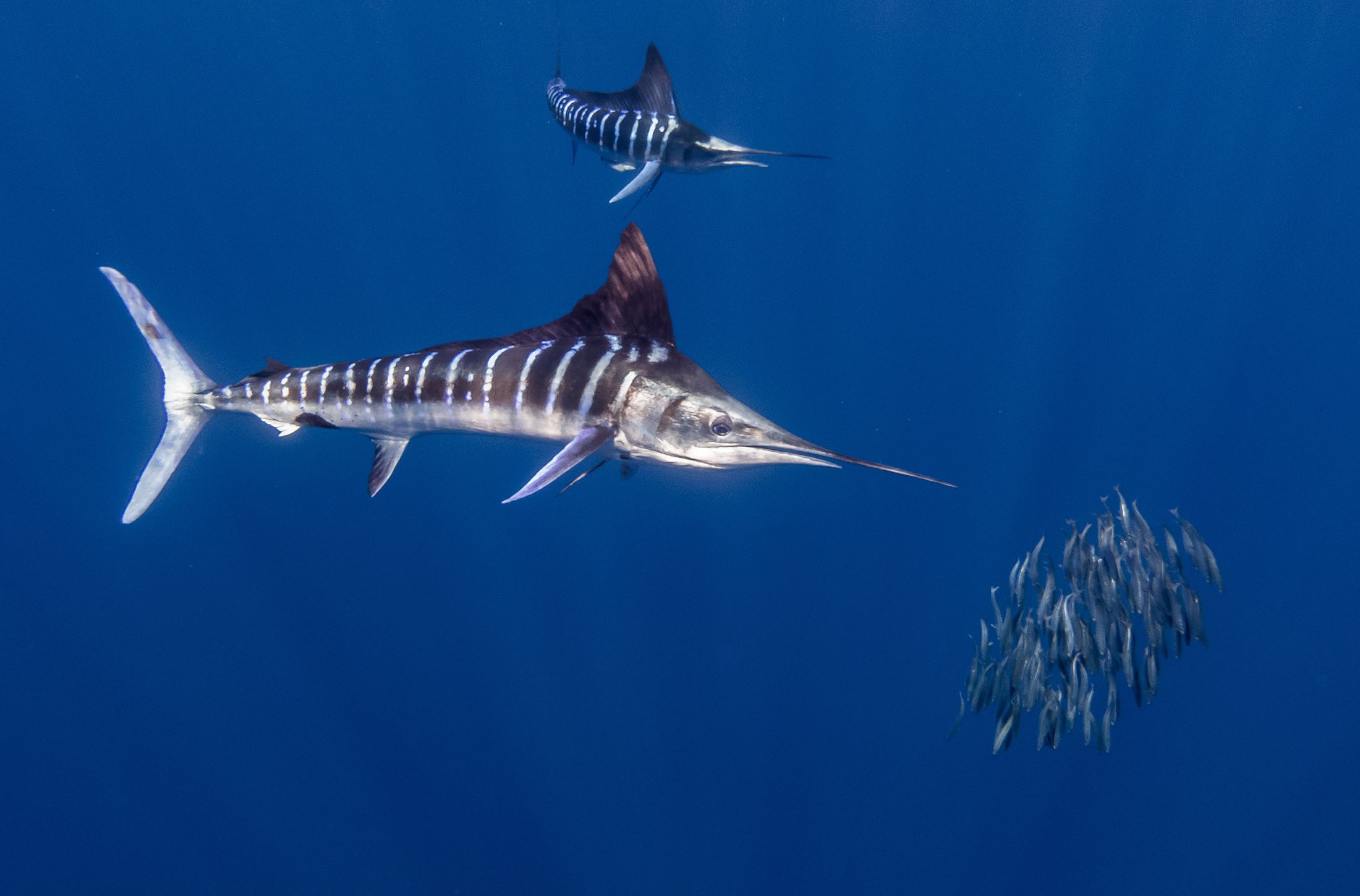 |
|
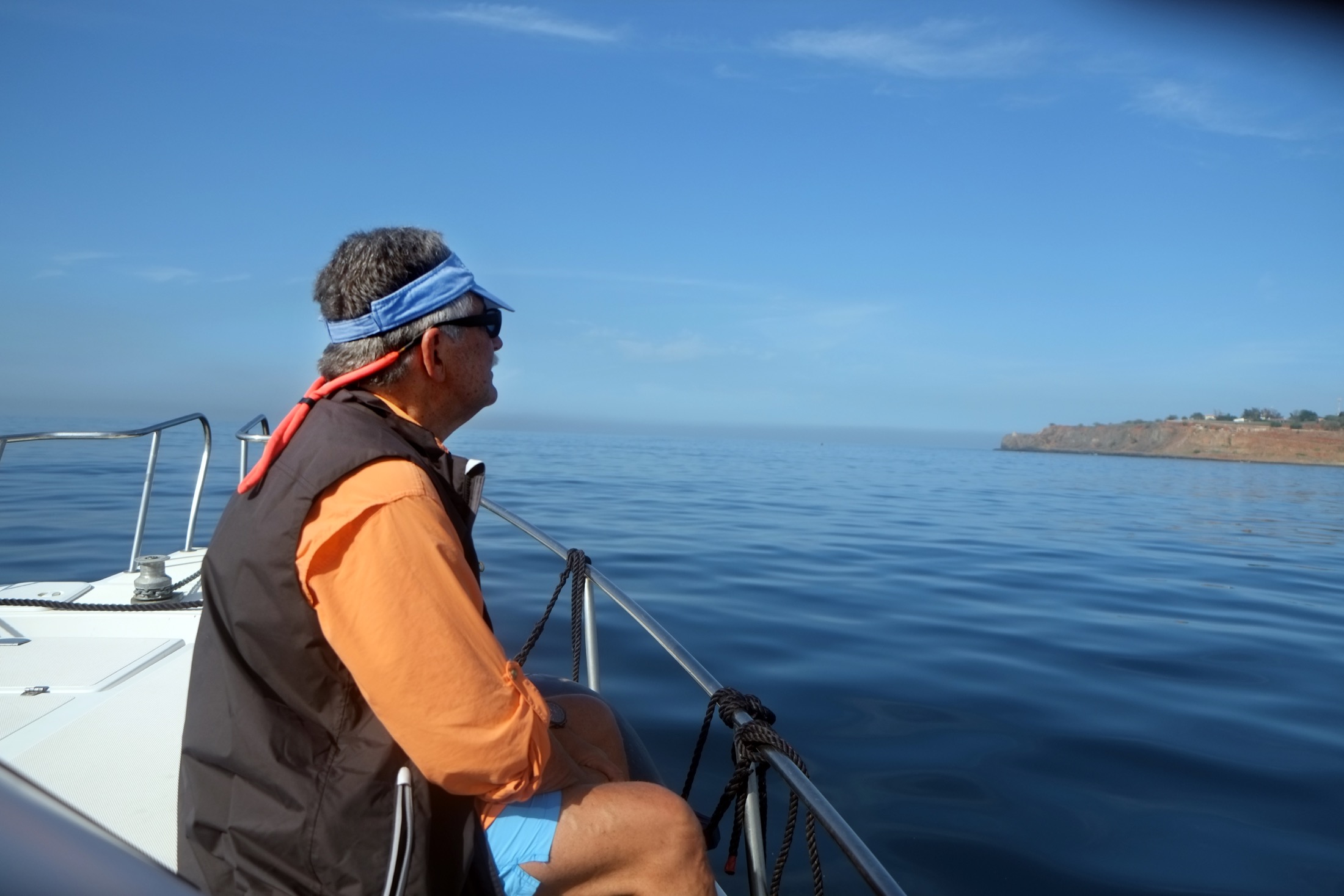 |
|
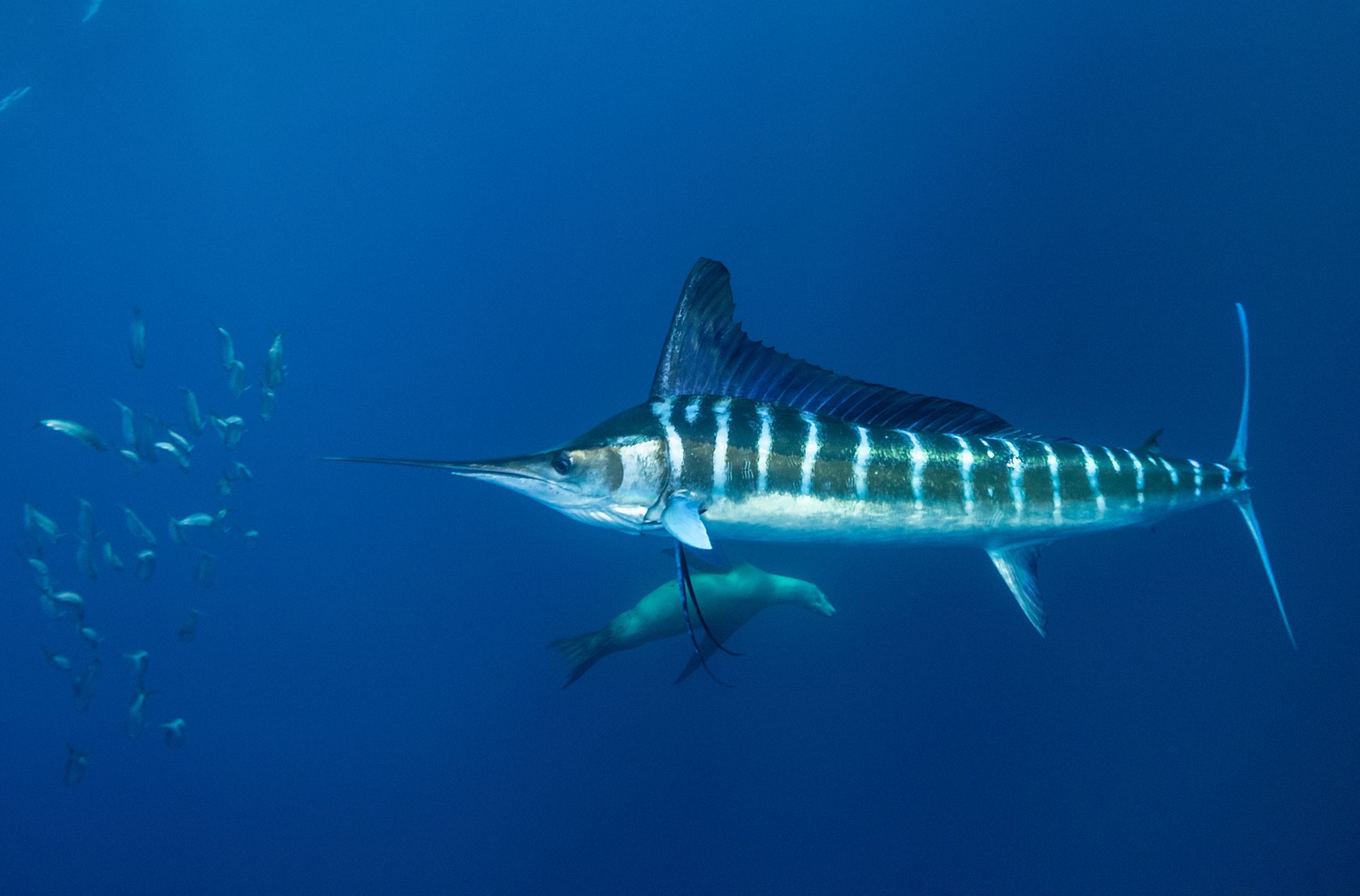 |
|
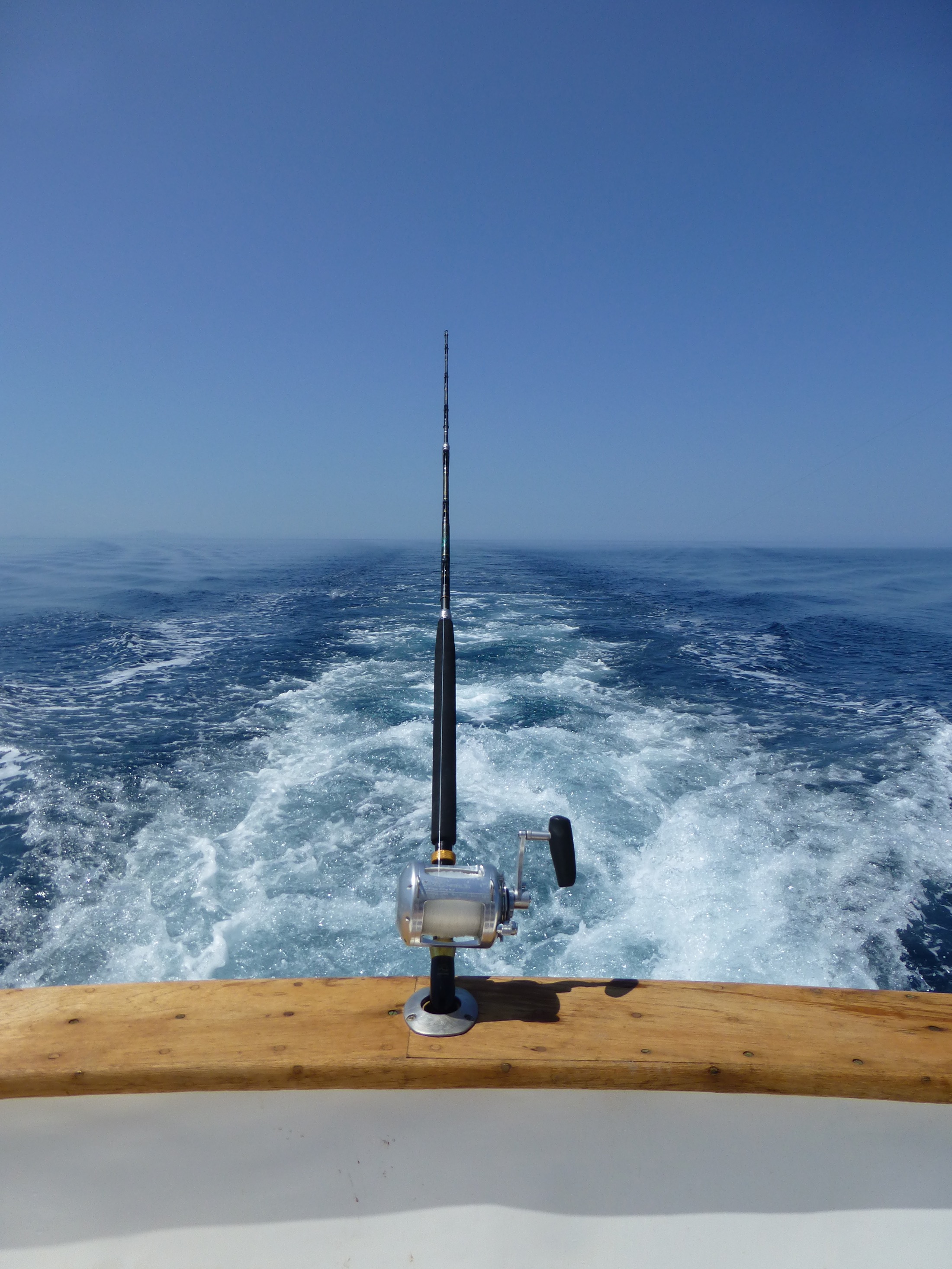 |
|
 |
|
 |
|
 |
|
 |
|
|
||||||||||||||||||||||||||||